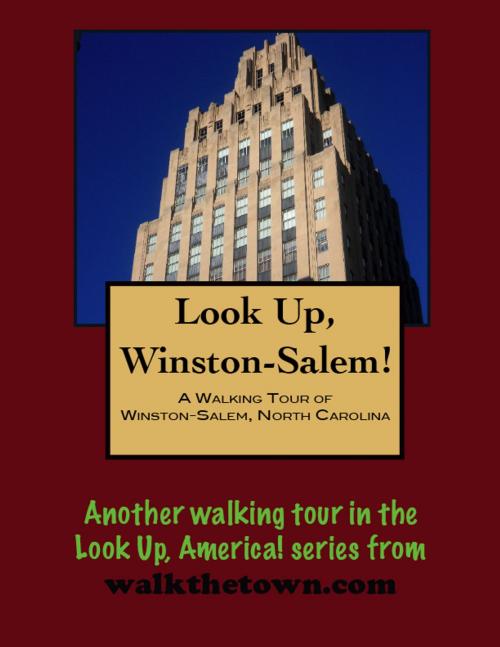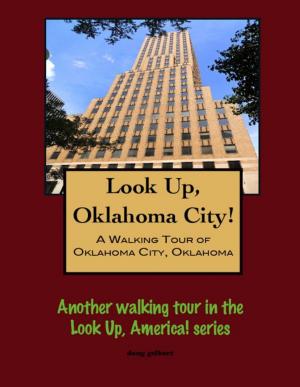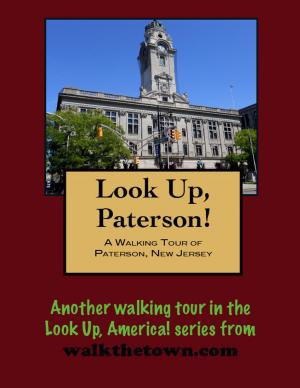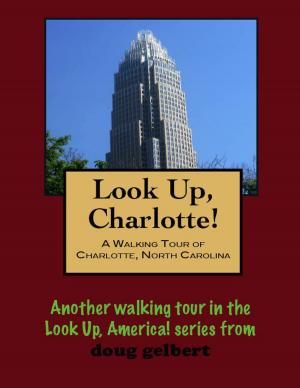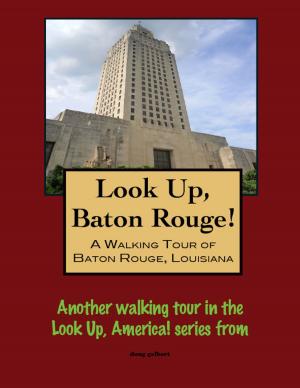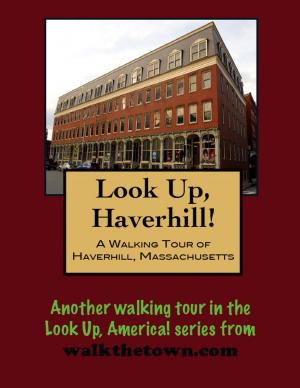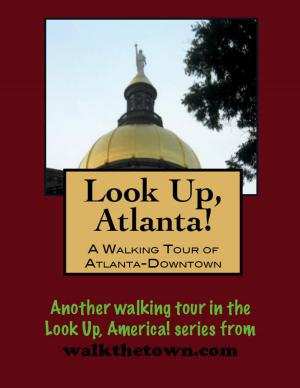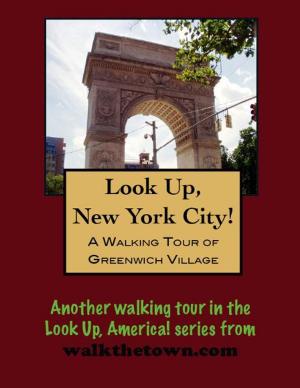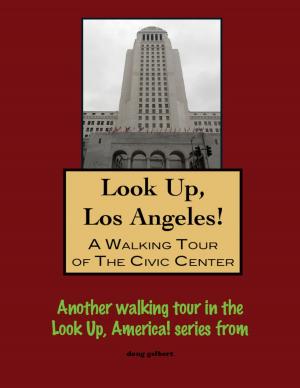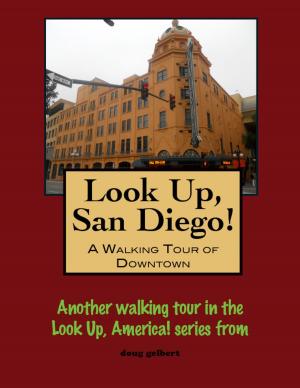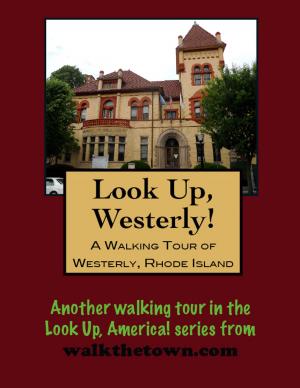A Walking Tour of Winston-Salem, North Carolina
Nonfiction, Travel, United States, History, Americas| Author: | Doug Gelbert | ISBN: | 9781458005069 |
| Publisher: | Doug Gelbert | Publication: | June 13, 2011 |
| Imprint: | Smashwords Edition | Language: | English |
| Author: | Doug Gelbert |
| ISBN: | 9781458005069 |
| Publisher: | Doug Gelbert |
| Publication: | June 13, 2011 |
| Imprint: | Smashwords Edition |
| Language: | English |
There is no better way to see America than on foot. And there is no better way to appreciate what you are looking at than with a walking tour. Whether you are preparing for a road trip or just out to look at your own town in a new way, a downloadable walking tour is ready to explore when you are.
Each walking tour describes historical and architectural landmarks and provides pictures to help out when those pesky street addresses are missing. Every tour also includes a quick primer on identifying architectural styles seen on American streets.
In 1741 a small band of Moravian missionaries representing the Unitas Fratrum, founded in 1457 by followers of John Hus and now recognized as the oldest organized Protestant denomination in the world, walked into the wilderness of Pennsylvania and began a settlement on the banks of the Lehigh River near the Monocacy Creek. From the start it was to be a planned community in which property, privacy and personal relationships were to be subordinated to a common effort to achieve a spiritual ideal. On Christmas Eve of that first year the Moravians’ patron, Count Nicholas Ludwig von Zinzendorf of Saxony, Germany, visited the new settlement. Over dinner, the Count christened the community “Bethlehem” to commemorate his visit.
The Moravians were industrious and eager to expand. In 1753 a small party set out from Bethlehem in search of desirable land for a new settlement. After hundreds of miles they came here to "the three forks of Muddy Creek." The Moravians purchased 98,985 acres for about 35 cents an acre and called their land "der Wachau," which was the ancestral home of benefactor Count Zinzendorf. It translated into English into the now familiar "Wachovia." A town was planned at the center of the new lands and tradition holds that the Count again had a hand in the naming, this time picking the name "Salem," meaning "peace," just before he died in 1760. Work was begun on the town six years later.
Forsyth County was formed in 1849 and Salem was the obvious choice for a courthouse site. Church elders countered by agreeing to sell land north of town for a new county seat, provided that the streets of the new town be continuous with the streets of Salem. The new community took the name of Major Joseph Winston who won fame on Kings Mountain during the Revolutionary War. Winston grew up as an industrial town, churning out tobacco and furniture and textiles.
The two towns merged in 1913, a political union that left the essential fabric of each town intact. Winston was off on a high-rise building spree befitting its position as the state's biggest financial center. Salem continued its residential feel along shaded streets. Our walking tour will begin on Salem Square in the heart of Salem where we will see some of the more than 100 buildings from 1766 to 1850 that have been restored or reconstructed on their original sites...
There is no better way to see America than on foot. And there is no better way to appreciate what you are looking at than with a walking tour. Whether you are preparing for a road trip or just out to look at your own town in a new way, a downloadable walking tour is ready to explore when you are.
Each walking tour describes historical and architectural landmarks and provides pictures to help out when those pesky street addresses are missing. Every tour also includes a quick primer on identifying architectural styles seen on American streets.
In 1741 a small band of Moravian missionaries representing the Unitas Fratrum, founded in 1457 by followers of John Hus and now recognized as the oldest organized Protestant denomination in the world, walked into the wilderness of Pennsylvania and began a settlement on the banks of the Lehigh River near the Monocacy Creek. From the start it was to be a planned community in which property, privacy and personal relationships were to be subordinated to a common effort to achieve a spiritual ideal. On Christmas Eve of that first year the Moravians’ patron, Count Nicholas Ludwig von Zinzendorf of Saxony, Germany, visited the new settlement. Over dinner, the Count christened the community “Bethlehem” to commemorate his visit.
The Moravians were industrious and eager to expand. In 1753 a small party set out from Bethlehem in search of desirable land for a new settlement. After hundreds of miles they came here to "the three forks of Muddy Creek." The Moravians purchased 98,985 acres for about 35 cents an acre and called their land "der Wachau," which was the ancestral home of benefactor Count Zinzendorf. It translated into English into the now familiar "Wachovia." A town was planned at the center of the new lands and tradition holds that the Count again had a hand in the naming, this time picking the name "Salem," meaning "peace," just before he died in 1760. Work was begun on the town six years later.
Forsyth County was formed in 1849 and Salem was the obvious choice for a courthouse site. Church elders countered by agreeing to sell land north of town for a new county seat, provided that the streets of the new town be continuous with the streets of Salem. The new community took the name of Major Joseph Winston who won fame on Kings Mountain during the Revolutionary War. Winston grew up as an industrial town, churning out tobacco and furniture and textiles.
The two towns merged in 1913, a political union that left the essential fabric of each town intact. Winston was off on a high-rise building spree befitting its position as the state's biggest financial center. Salem continued its residential feel along shaded streets. Our walking tour will begin on Salem Square in the heart of Salem where we will see some of the more than 100 buildings from 1766 to 1850 that have been restored or reconstructed on their original sites...
